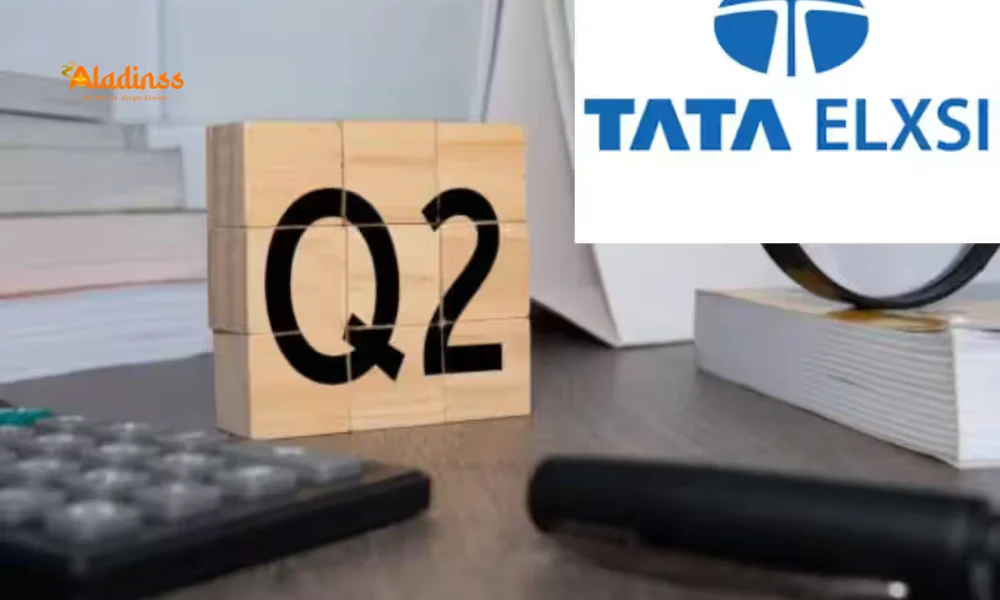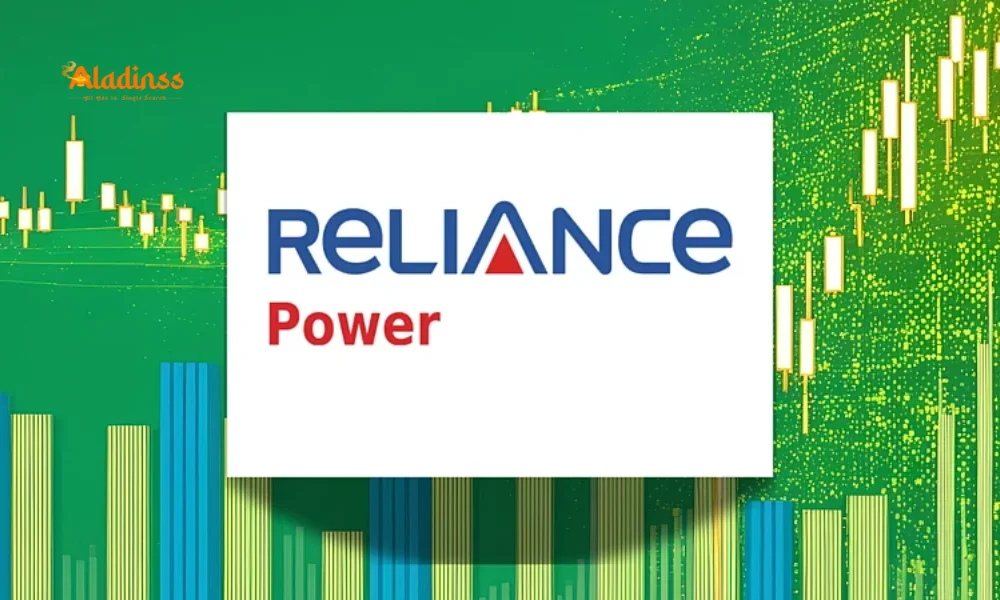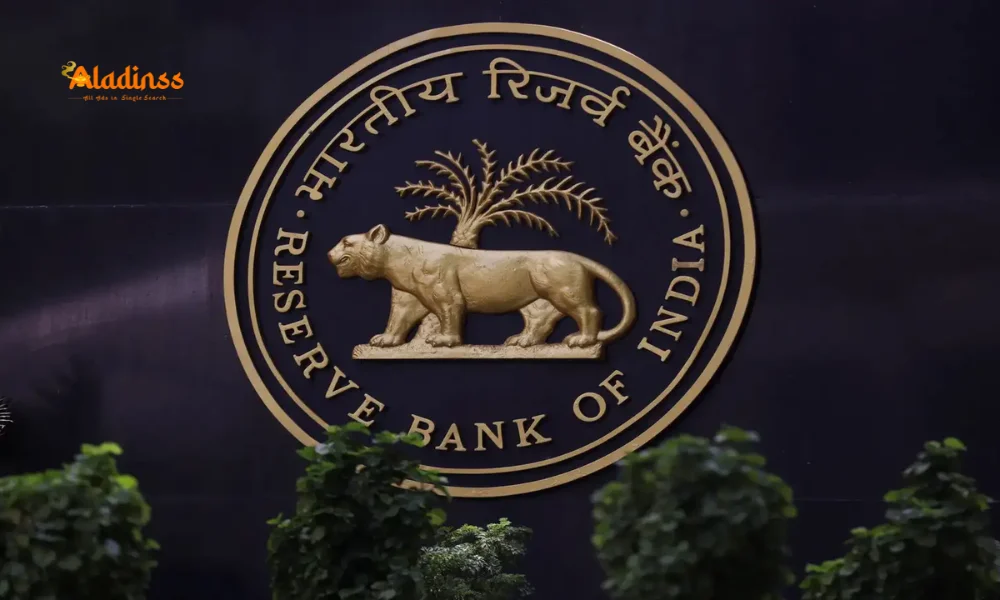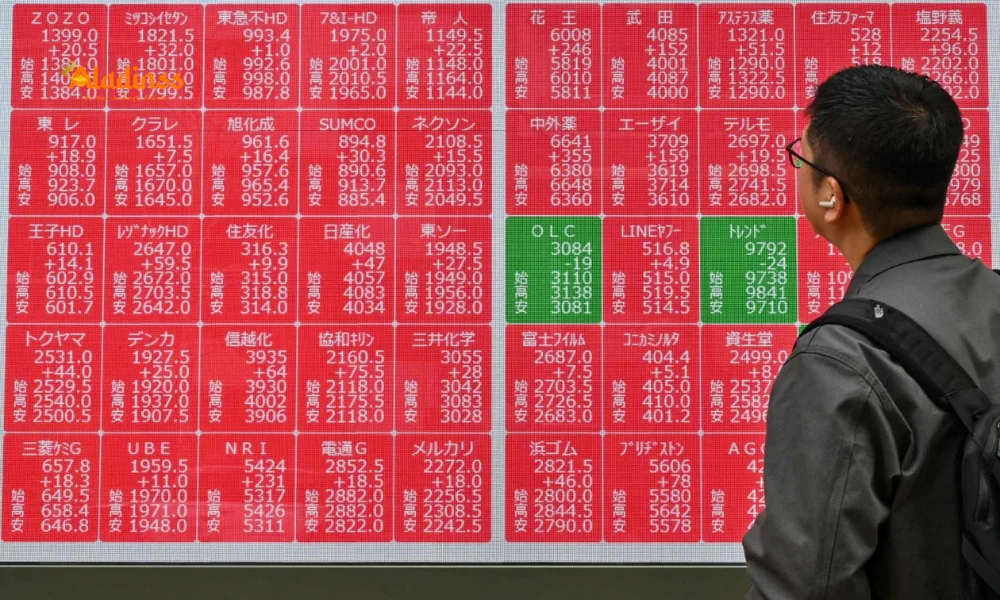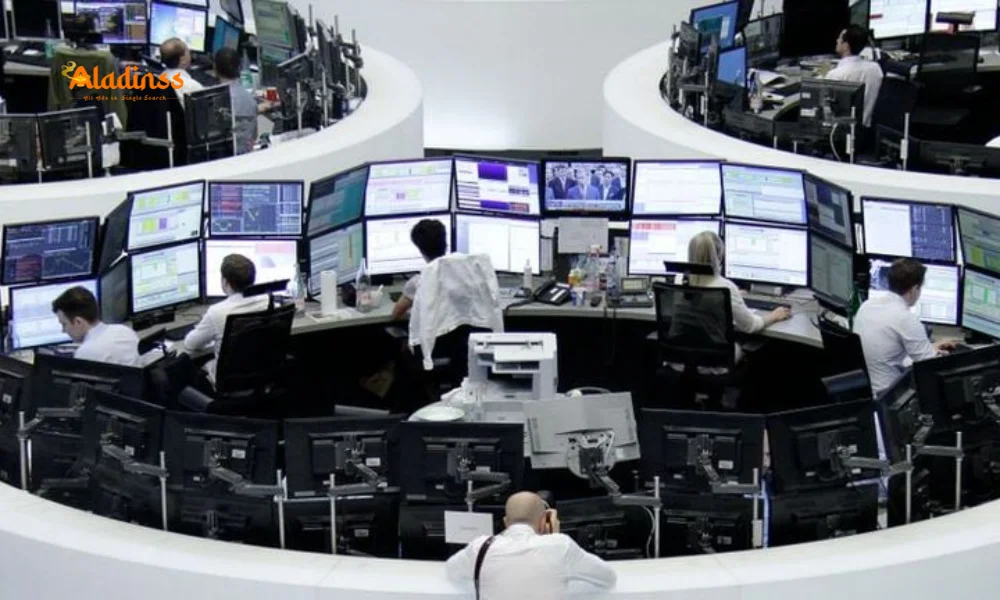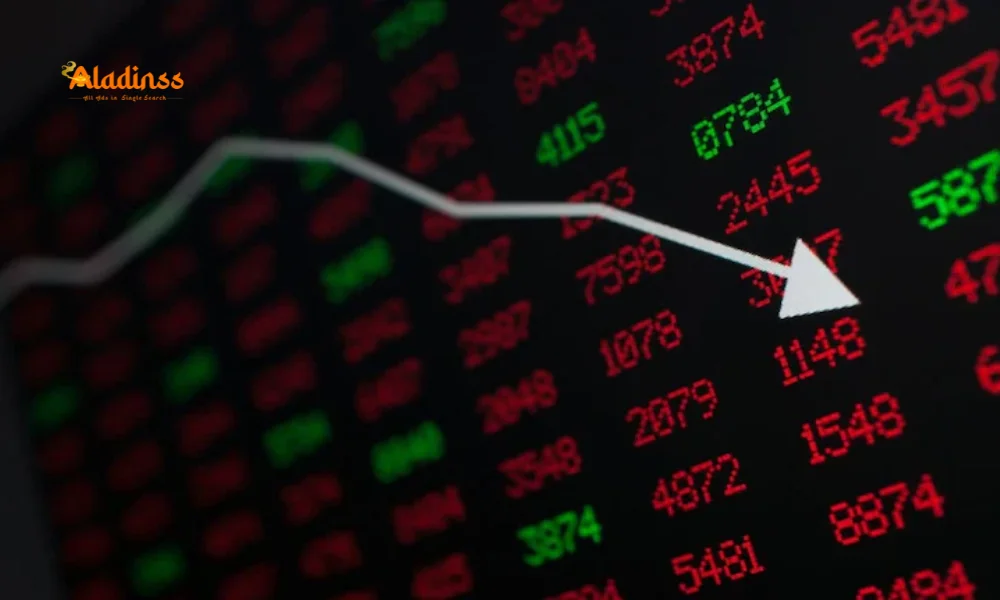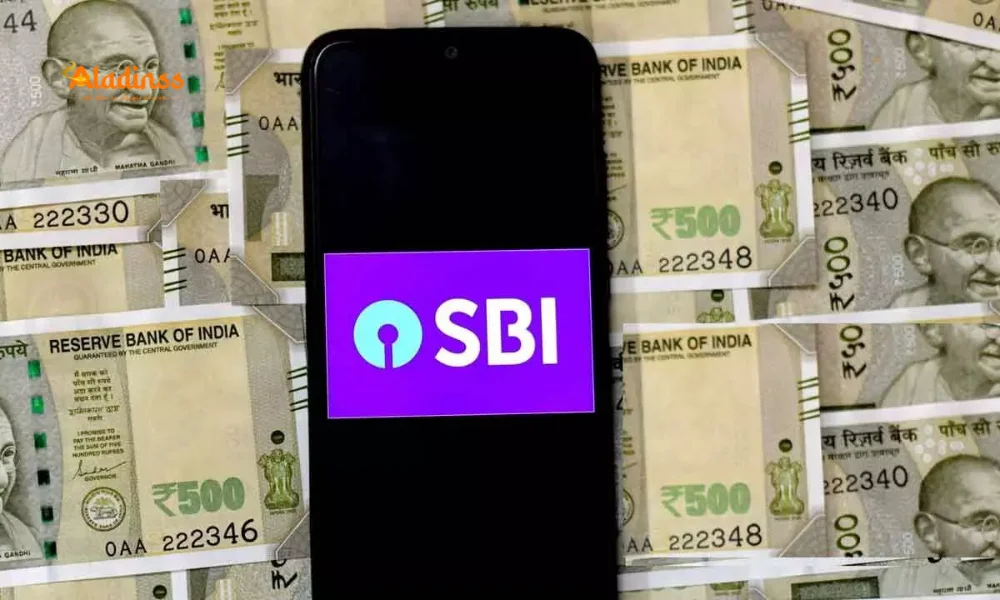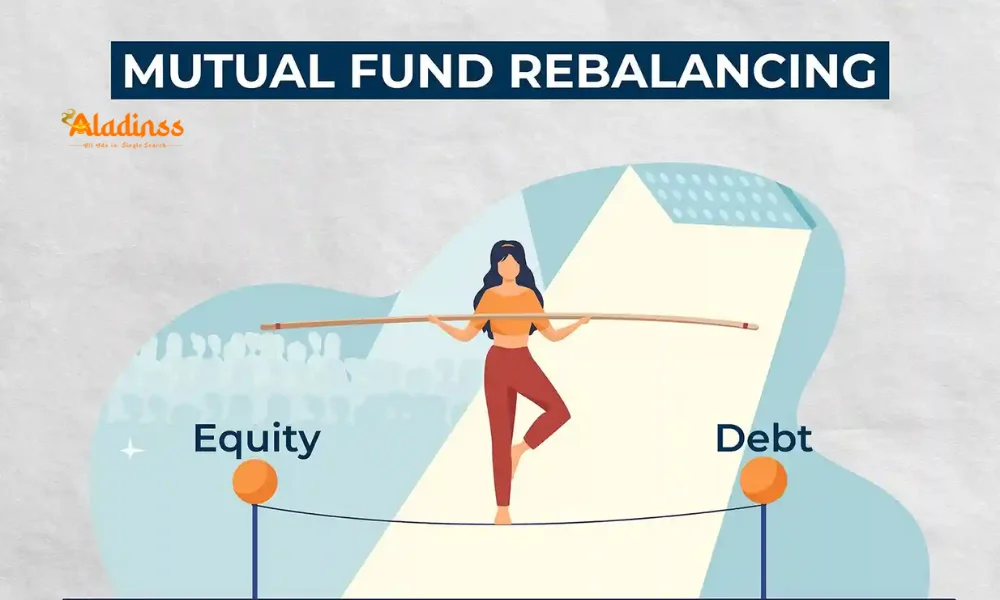Israel-Hamas Ceasefire Boosts Stocks 2%
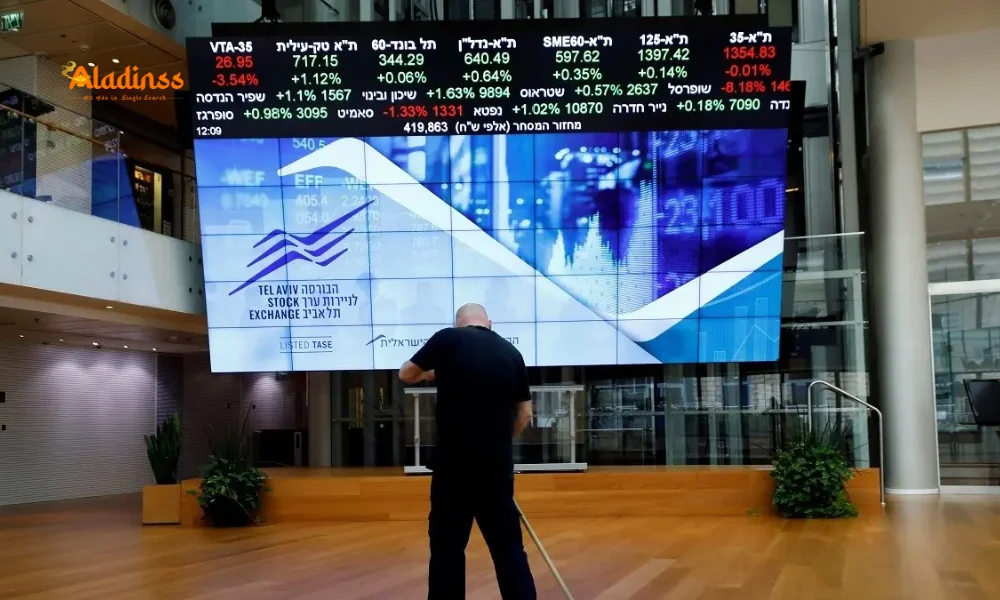
Israel-Hamas Ceasefire Sparks 2% Surge in Tel Aviv Stock Market Amid Gaza Peace Milestone
The long-awaited breakthrough in the Israel-Hamas conflict has ignited optimism across financial markets, with the Tel Aviv stock exchange witnessing a robust rally. On October 9, 2025, Israel's benchmark TA-125 index climbed to 3,327, reflecting a solid 1.89% increase from the previous trading day. This surge underscores the market's positive response to the first phase of a U.S.-mediated Gaza ceasefire agreement, which promises hostage releases and a partial Israeli withdrawal. Investors are betting on reduced geopolitical risks, potentially stabilizing the region and boosting economic recovery in Israel.
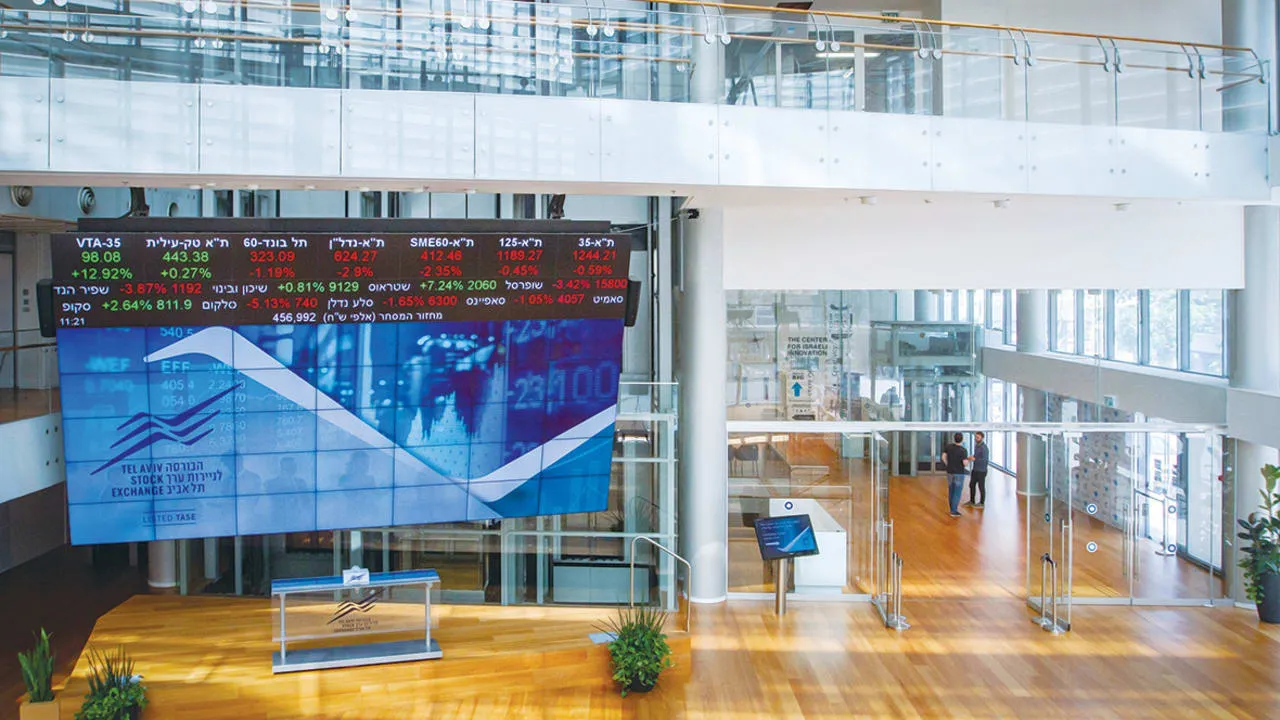
As news of the Gaza peace deal spread, the TA-35 index followed suit, advancing 1.50% to close at 3,250.94. Over the past month, this key indicator has gained more than 4%, while posting an impressive 37% rise over the last six months. Such performance highlights how the ceasefire news has amplified investor confidence, particularly in sectors like technology and defense that have been resilient amid the two-year conflict. The agreement, brokered by mediators including Qatar, Egypt, and Turkey, marks a pivotal step toward de-escalation following the devastating Hamas-led assault on October 7, 2023, which claimed over 1,200 Israeli lives and triggered a humanitarian crisis in Gaza.
Key Elements of the First Phase Gaza Ceasefire Agreement
At its core, the initial stage of this historic pact involves the swift liberation of all hostages held in Gaza, estimated at around 48 individuals, including both living captives and the remains of those deceased. In reciprocity, Israel has committed to releasing nearly 2,000 Palestinian detainees, a move that could ease tensions on multiple fronts. Furthermore, Israeli forces are set to retreat to predefined positions within the enclave, allowing for enhanced humanitarian aid corridors to alleviate the suffering of Gaza's population, where over 67,000 fatalities have been reported by local health authorities since the war's onset.
U.S. President Donald Trump, who played a central role in facilitating these talks, announced that the hostages could be freed as early as Monday, October 13, 2025. Speaking from the White House, Trump emphasized the deal's potential to "end this nightmare once and for all," though he sidestepped thornier aspects like Hamas disarmament and the long-term governance of Gaza. These unresolved elements loom large, as future phases will need to address them to prevent a relapse into violence. Mediators remain cautiously optimistic, noting that indirect negotiations in Sharm El-Sheikh, Egypt, have bridged significant gaps after months of stalemate.
Also Read: Stock Market Today Nifty Setup & 8 Buys
Israeli Leadership Hails Diplomatic Victory as Markets Rally
Israeli Prime Minister Benjamin Netanyahu described the accord as a "monumental diplomatic triumph and a profound moral achievement for our nation." In a televised address, he credited the tireless efforts of Trump's team, including envoy Steve Witkoff and advisor Jared Kushner, for pushing through the barriers that had previously derailed talks. Netanyahu's government convened urgently on Thursday to ratify the deal, signaling swift implementation. This endorsement has further fueled the stock market's upward trajectory, with analysts predicting sustained gains if the truce holds.
From Hamas's perspective, the group issued a statement expressing appreciation to Trump and the mediating trio of Qatar, Egypt, and Turkey for their impartial facilitation. A senior Hamas official noted that the agreement provides a "glimmer of hope for our people," while urging international guarantors to enforce Israel's compliance. This mutual acknowledgment represents a rare moment of alignment in a conflict marked by deep-seated mistrust. As the dust settles on two years of intense fighting, including major offensives in Rafah and Khan Younis, both sides appear eager to capitalize on this momentum toward broader peace negotiations.
Economic Implications: Tel Aviv's TA-125 and TA-35 Lead the Charge
The Tel Aviv Stock Exchange's reaction to the Gaza ceasefire has been nothing short of electrifying. The TA-125, which tracks 125 leading Israeli companies, not only notched a 1.89% daily gain but has also surged 3.82% over the past month and an astonishing 57.87% year-over-year. This trajectory reflects broader economic resilience, bolstered by Israel's tech sector's innovation even amid wartime constraints. Defense stocks, in particular, saw outsized jumps, as investors anticipate redirected resources toward reconstruction and growth.
- The TA-35 blue-chip index mirrored this enthusiasm, up 1.50% to 3,250.94, with monthly gains exceeding 4%.
- Over six months, the index has rocketed 37%, outpacing many global peers.
- Shekel appreciation against major currencies has accompanied the rally, easing import costs and supporting consumer spending.
- Experts attribute this to lowered risk premiums, with foreign inflows expected to accelerate if the truce endures.
Beyond immediate gains, the ceasefire could catalyze long-term investments in Gaza's rebuilding, potentially creating joint economic zones that benefit both Israeli and Palestinian economies. Financial strategists at Bank Hapoalim forecast a 10-15% further uplift in indices if subsequent phases materialize, drawing parallels to post-conflict booms in other regions.
Global Reactions and the Path to Lasting Middle East Peace
The international community has rallied behind the Israel-Hamas ceasefire, viewing it as a cornerstone for regional stability. Indian Prime Minister Narendra Modi commended the initiative on social media, lauding Netanyahu's "decisive leadership" and expressing hopes that hostage releases and aid surges will deliver immediate relief to Gaza's beleaguered residents. "This step reflects bold diplomacy and paves the road for enduring harmony," Modi stated, echoing sentiments from UN Secretary-General Antonio Guterres, who called it an "opportunity that cannot be squandered."
Turkish Foreign Minister Hakan Fidan highlighted the "substantial progress" in Cairo talks, while Qatari officials confirmed all mechanisms for phase one implementation. Yet, challenges persist: Hamas insists on full Israeli adherence, and unresolved issues like disarmament could test the fragile accord. Analysts warn that without addressing Gaza's governance—potentially involving a technocratic administration—the deal risks unraveling, reminiscent of the brief 2025 truce that collapsed in March.
Looking ahead, the October 2025 Gaza ceasefire could redefine Middle East dynamics. With over 67,000 Palestinian lives lost and Israel's economy strained by prolonged mobilization, both parties stand to gain from peace dividends. The stock market's 2% leap is just the harbinger; sustained implementation might usher in an era of prosperity, where Tel Aviv's indices continue their ascent alongside humanitarian advancements in Gaza. As Trump prepares possible visits to the region, the world watches closely, hopeful that this first phase blossoms into comprehensive resolution.
Humanitarian Impact and Reconstruction Prospects Post-Ceasefire
The humanitarian toll of the Israel-Hamas war has been staggering, with Gaza's infrastructure in ruins—over two-thirds of buildings damaged or destroyed. The ceasefire's aid provisions could transform this landscape, enabling the influx of medical supplies, food, and rebuilding materials. Organizations like Médecins Sans Frontières have urged rapid scaling of these efforts, citing the dire conditions in displacement camps near Deir al-Balah and Nuseirat.
- Immediate focus on polio vaccination drives, following detections in Gaza earlier this year.
- Restoration of hospitals like Al-Shifa, targeted in prior offensives.
- Support for 100,000+ evacuees from Rafah, ordered in May 2025.
- International funding pledges, potentially exceeding $10 billion for three-to-five-year reconstruction.
For Israel, the partial pullback eases military burdens, allowing reservists to return to civilian roles and stimulating workforce participation. Economists project a 2-3% GDP uplift in 2026 if stability persists, driven by tech exports and tourism revival. The Hostage Families Forum expressed "excitement laced with caution," pressing for transparency in recovery operations amid rubble-strewn sites.
In essence, this Gaza peace deal transcends immediate stock surges; it's a lifeline for reconciliation. As the TA-125 and TA-35 indices symbolize economic rebound, the true measure lies in lives rebuilt and futures secured. With global leaders aligned, the path from ceasefire to lasting peace, though arduous, now glimmers with possibility.
Comment / Reply From
No comments yet. Be the first to comment!
